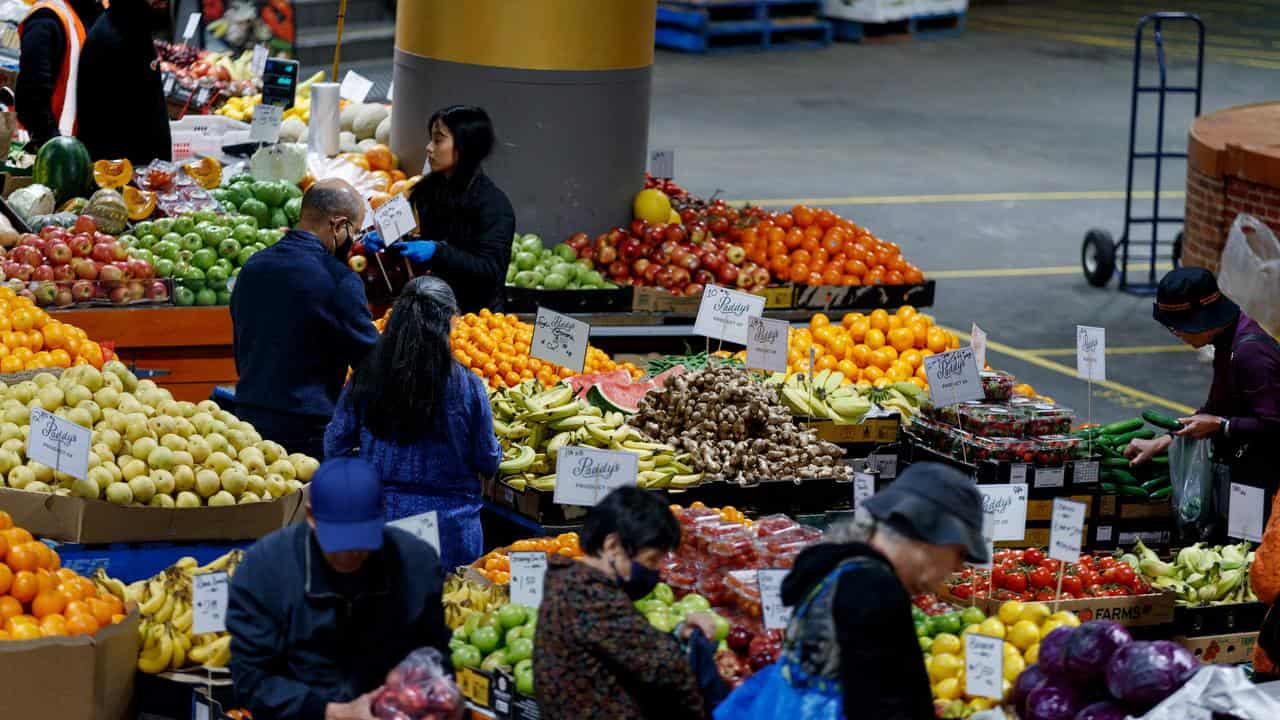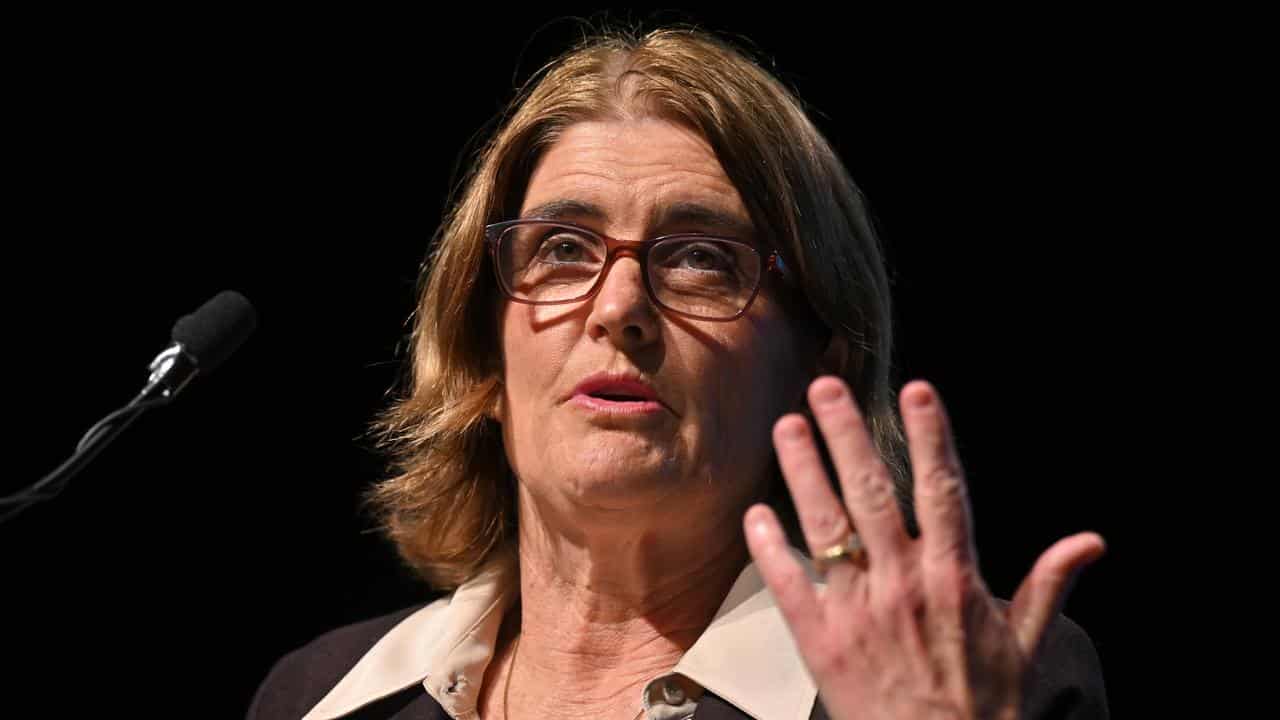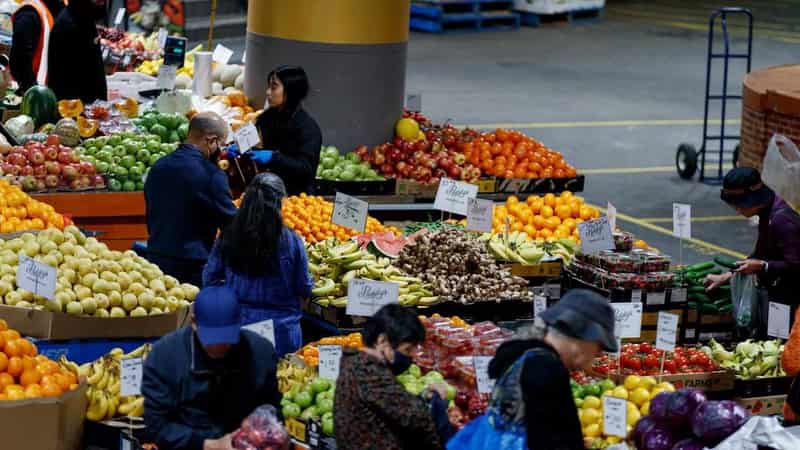
The latest inflation data has come in hotter than expected and may stir the Reserve Bank into a Melbourne Cup Day rate hike.
Consumer prices as tracked by the Australian Bureau of Statistics rose 1.2 per cent over the three months to September, up from 0.8 per cent in the June quarter.
Sky-high petrol prices made a solid contribution to the bigger quarterly number - growing 7.2 per cent in those three months - as did rents, new homes and electricity.
ABS head of prices statistics Michelle Marquardt said the quarterly increase was bigger than in the June quarter but lower than some of the jumps seen throughout 2022.
“While prices continued to rise for most goods and services, there were some offsetting falls this quarter including for child care, vegetables, and domestic holiday travel and accommodation,” she said.
Annually, inflation grew 5.4 per cent but was down from six per cent in the June quarter, and well below the peak of 7.8 per cent through to the December quarter.
The trimmed mean - a measure of inflation that removes erratic price movements both up and down - increased by 1.2 per cent over the quarter and lifted 5.2 per cent over the year.
The inflation data came in a little higher than expected and has prompted some economists to revisit their forecasts for the cash rate call on Melbourne Cup Day.
Commonwealth Bank, ANZ and AMP were among the groups tilted towards a 25 basis point hike in November following the robust inflation print.
EY chief economist Cherelle Murphy said a November rate hike "looks all but guaranteed".
"The stronger-than-expected CPI result for the September quarter, higher oil and petrol prices and a depreciating Australian dollar, mean inflation is now out of line with the Reserve Bank’s August forecasts," she said.

The inflation data follows strong commentary from RBA governor Michele Bullock during a speech on Tuesday in which she said the central bank would "not hesitate" to move interest rates higher if there was a material upward revision to the outlook for inflation.
"And there has been," Ms Murphy said.
The economist said the trimmed mean was the biggest concern and was out of line with the RBA's own forecasts of 3.9 per cent by December.
The RBA has been lifting interest rates to wrestle inflation back under control, although it's either at or close to the end of its tightening cycle having kept interest rates on hold for four months in a row.
Treasurer Jim Chalmers said the annual inflation numbers were in line with Treasury's forecasts and wouldn't materially change its expectations for bringing inflation down.
"Inflation is still much higher than we would like, and it will be longer than we'd like," he told reporters on Wednesday.
Dr Chalmers said there was evidence of the government's cost of living measures working to take the edge off price pressures, including its cheaper childcare plan that helped push prices down over the quarter.
Shadow treasurer Angus Taylor said Australia needed a government treating the cost of living crisis as a "first, second and third priority".
"(A government that) has a focus on sustained fiscal balance over the long term, not putting out Intergenerational Reports that show us budget deficits as far as the eye can see," he told reporters in Canberra.









